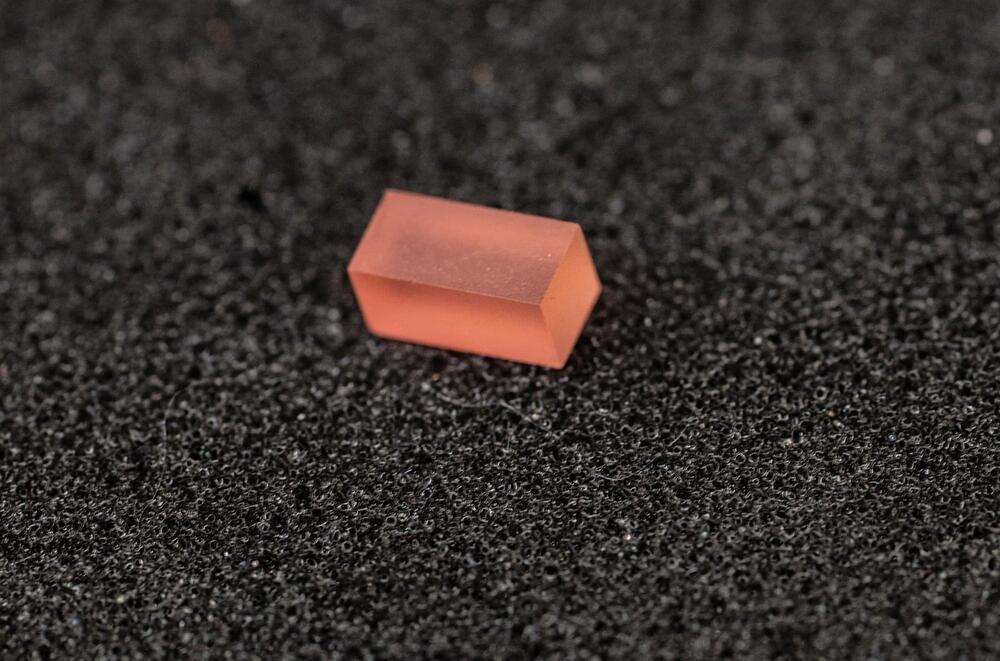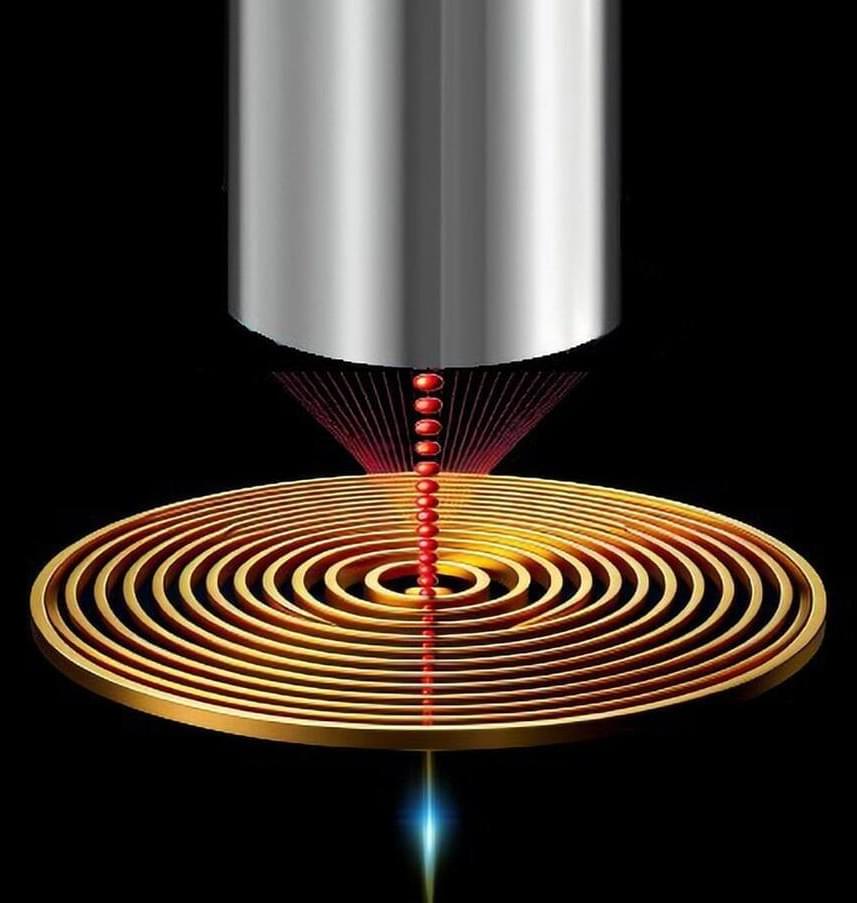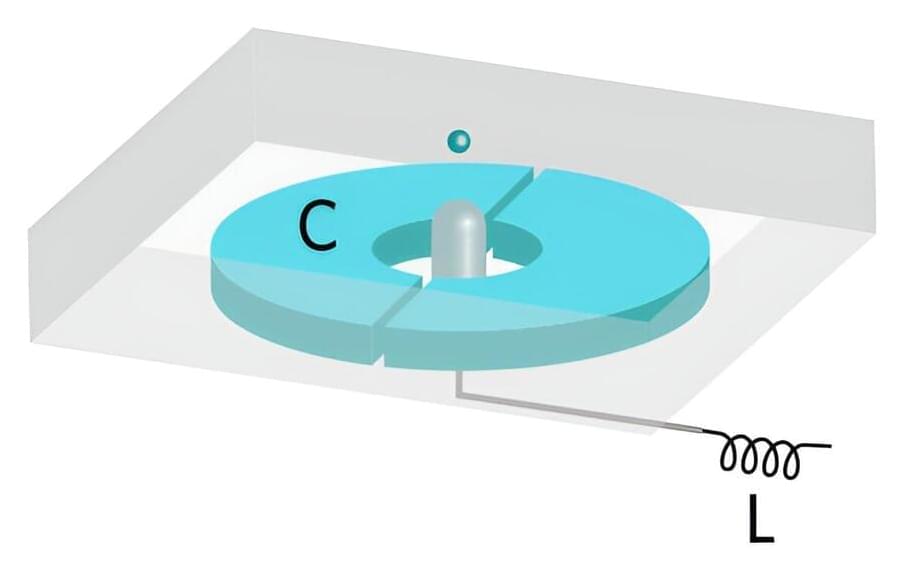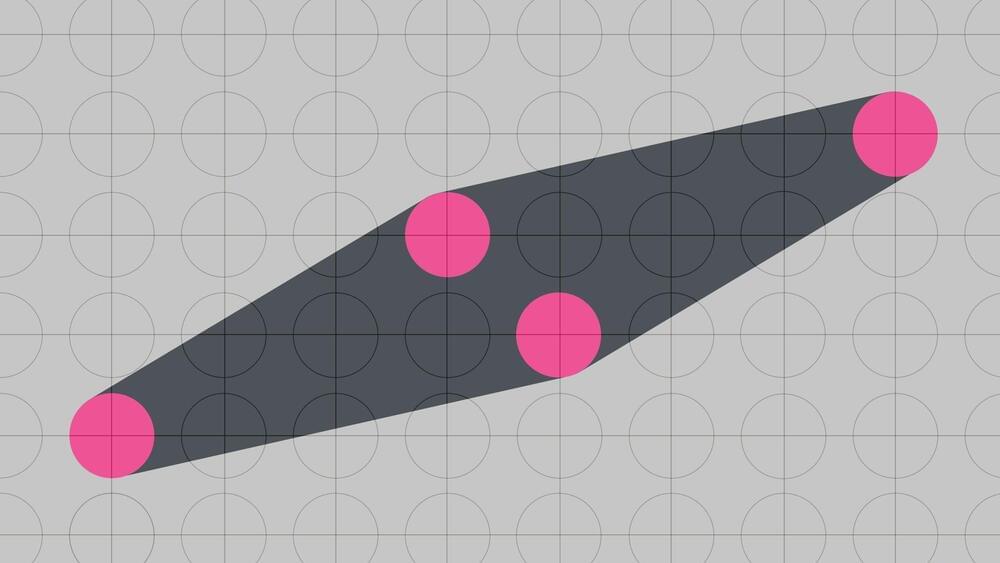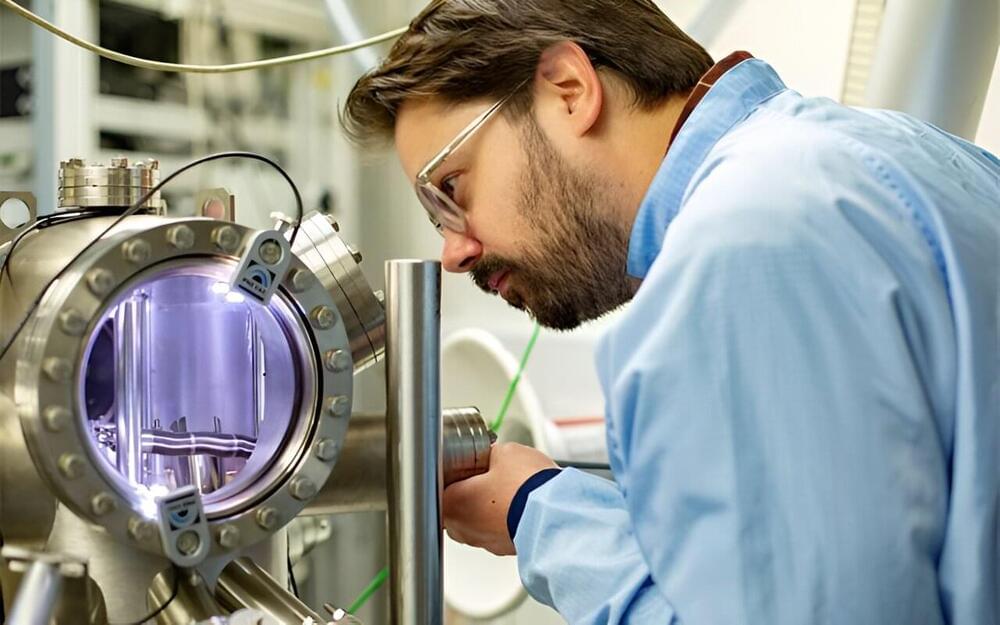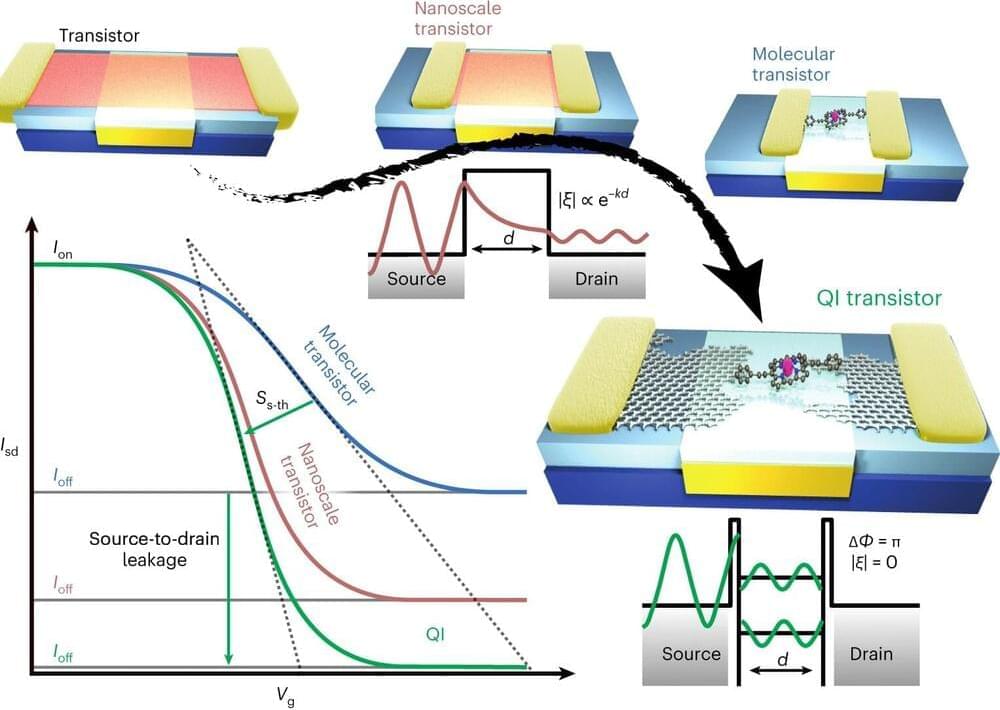Iron screws and other so-called ferromagnetic materials are made up of atoms with electrons that act like little magnets. Normally, the orientations of the magnets are aligned within one region of the material but are not aligned from one region to the next. Think of packs of tourists in Times Square pointing to different billboards all around them. But when a magnetic field is applied, the orientations of the magnets, or spins, in the different regions line up and the material becomes fully magnetized. This would be like the packs of tourists all turning to point at the same sign.
